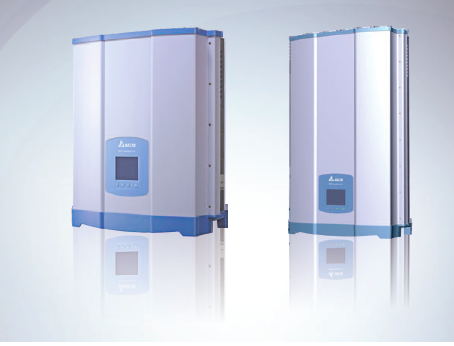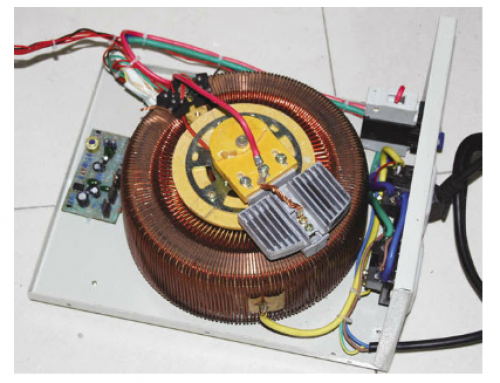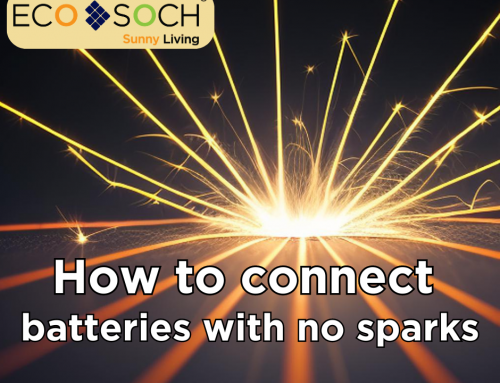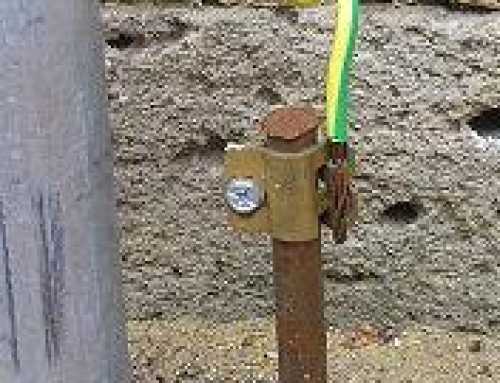Inverters take DC power and invert it to AC power so it can be fed into the electric utility company grid. The grid tie inverter must synchronize its frequency with that of the grid (e.g. 50 or 60 Hz) and limit the voltage to no higher than the grid voltage. A high-quality modern Grid Tie inverter has a fixed unity power factor, which means its output voltage and current are perfectly lined up, and its phase angle is within 1 degree of the AC power grid. The inverter has an on-board computer which will sense the current AC grid waveform, and output a voltage to correspond with the grid (~230V). However, supplying reactive power to the grid might be necessary to keep the voltage in the local grid inside allowed limitations. Otherwise, in a grid segment with considerable power from renewable sources voltage levels might rise too much at times of high production, i.e. around noon. Grid-tie inverters are also designed to quickly disconnect from the grid if the utility grid goes down. This is a requirement that ensures that in the event of a power cut, the grid tie inverter will shut down to prevent the energy it transfers from harming any line workers who are sent to fix the power grid. Properly configured, a grid tie inverter enables a home owner to use an alternative power generation system like solar or wind power without extensive rewiring and without batteries. If the alternative power being produced is insufficient, the deficit will be sourced from the electricity grid. Most grid-tie inverters on the market include a MPPT (Maximum power point tracker) on the input side that enables the inverter to extract a maximum amount of power from solar panels.







Leave A Comment
You must be logged in to post a comment.